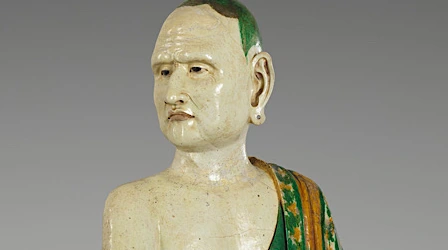Dīrgha Āgama
Subscribe to this topic via: RSS
Taishō 1, roughly parallel to the Digha Nikāya of Southeast Asia, containing lengthy early Buddhist texts in Chinese translation with a partial parallel recently discovered in Sanskrit.
Table of Contents
Books (3)
Featured:
-
… in what follows I briefly survey the four main Chinese Āgamas. In the first of the chapters that follow this introduction, I try to place the early discourses in historical perspective. An assessment of their value as testimonies for early Buddhist thought serves as a foundation for the comparative studies found in this and the other three volumes.
-
Thanks to the discovery and ongoing publication of the incomplete Sanskrit Dīrgha-āgama manuscript from Gilgit, three different versions of the Collection of Long Discourses are now available for comparative study: the Pali Dīgha-nikāya transmitted within the Theravāda tradition, the just-mentioned Dīrgha-āgama in Sanskrit, identified as Sarvāstivāda or Mūlasarvāstivāda, and the Chinese translation of an Indic Dīrgha-āgama (長阿含經), generally considered to be affiliated with the Dharmaguptakas.
See also:
Readings (5)
Featured:
-
A short and inconclusive review of (minor) differences identifiable between the Pāli, Sanskrit, and Chinese versions of DĀ 16 / DN 28.
22 pages -
Although some parts of the manuscript are still unavailable, and others are most probably lost forever, it is now possible to reconstruct the original structure of the collection with such a high degree of probability as to come close to certainty. In the following pages first a survey of all the sūtras contained in the Dirghāgama will be given, and then, second, a specimen edition of a section of one of those sūtras.
See also:
